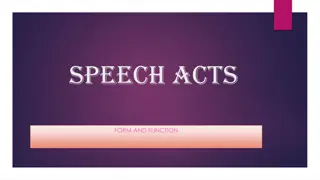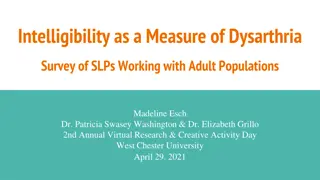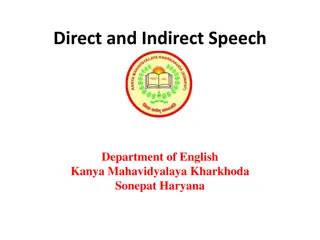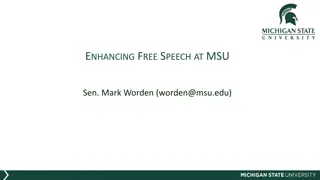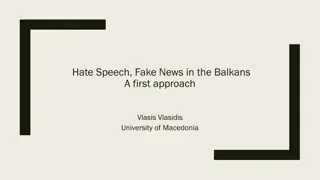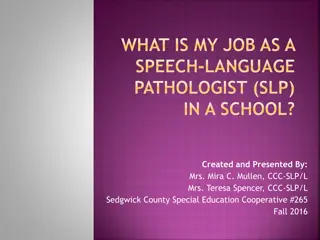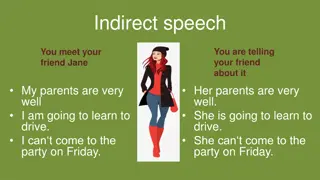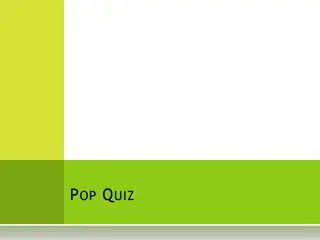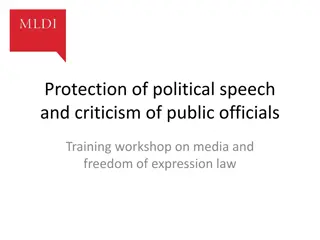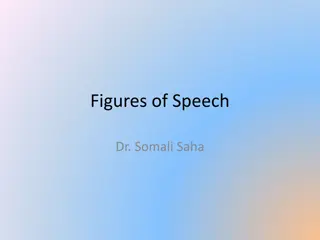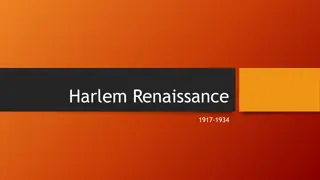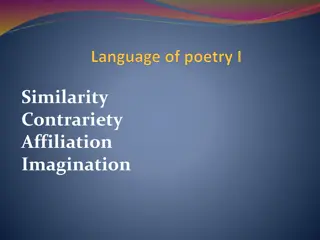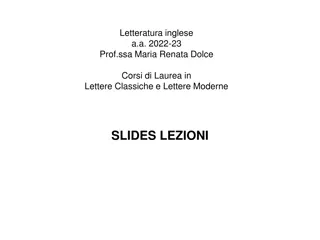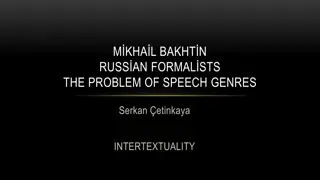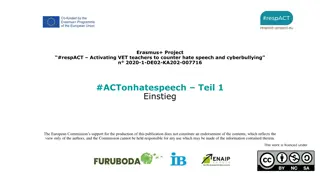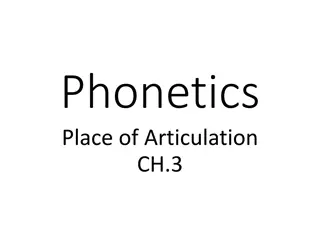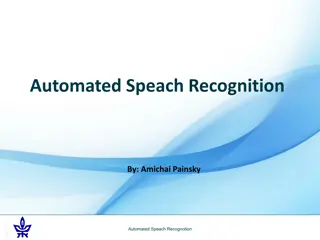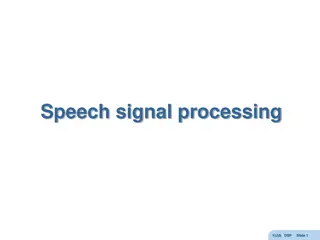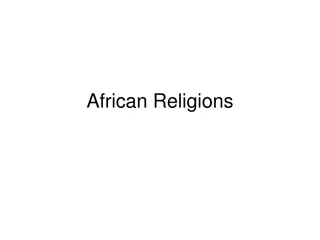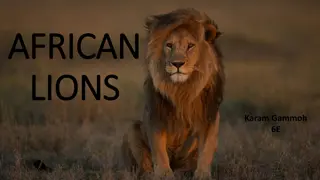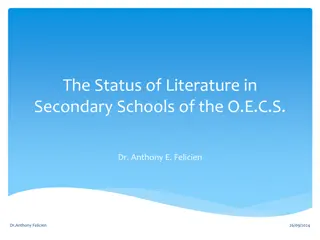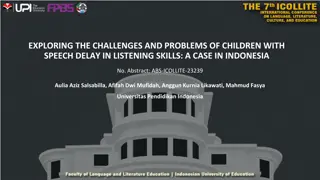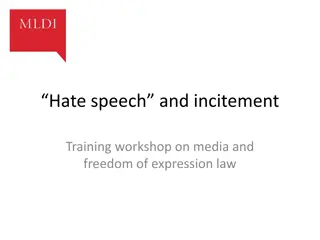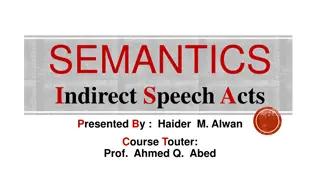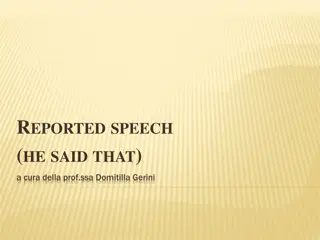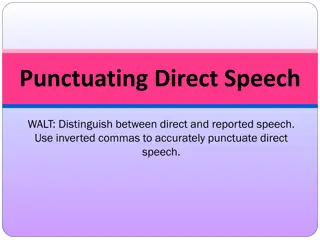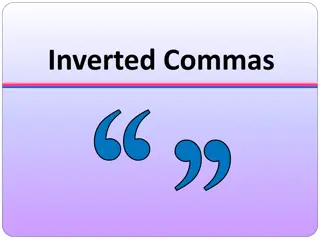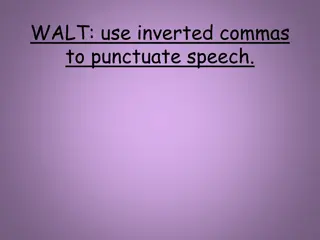Analysis of Various Figures of Speech in African Literature
Explore the use of figures of speech in African literature including innuendo, proverbs, irony, puns, euphemisms, and litotes. These literary devices add depth and layers of meaning to the texts, enhancing the cultural richness of the storytelling tradition in Africa.
Download Presentation

Please find below an Image/Link to download the presentation.
The content on the website is provided AS IS for your information and personal use only. It may not be sold, licensed, or shared on other websites without obtaining consent from the author. Download presentation by click this link. If you encounter any issues during the download, it is possible that the publisher has removed the file from their server.
E N D
Presentation Transcript
Circuitous Acoustics Construction
Circuitous Images Innuendo, proverbs, pun and ambiguity, euphemism, litotes/meiosis,
Innuendo Innuendo Innuendoes are polite ways of passing unpleasant remarks about someone else. It is a way of negating any good remark, attribute, or character about someone by means of a 'but' which is spoken or implied. Let us look again at this section from Rubadiri's 'Stanley meets Mutesa': The tall black king steps forward He towers over the thin bearded white man Then grabbing his lean white hand Manages to whisper 'MtuMweupeKaribu' White man you are welcome The gate of polished reed doses behind them And the West is let in
Proverbs Proverbs This figure of speech is recognisable mostly in African writings. Its inclusion here is done towards creating awareness of this interesting literary feature of African imagery. It has been viewed generally as a quoting behaviourthe cultural practice of citing the exact words of another rather than using one's own words.15 Proverbs are used when one wants to 'emphasise, modify, confirm, nullify or summarise issues under discussion. From Okigbo Hurrah for Thunder) But already the hunters are talking about pumpkins: If they share the meat let them remember thunder. The eye that looks down will surely see the nose; The finger that fits should be used to pick the nose. Today for tomorrow, today becomes yesterday: How many million promises can ever fill a basket...
Irony Irony This is a situation or statement that says the exact opposite of what is intended. There are two types of Irony Verbal Situational irony.
Pun & Euphemism Pun or Ambiguity The two words are synonymous. It implies a play upon the sound or meaning of words or an idea such that one can deduce double meaning from it. Euphemism This is a manner of expressing horrifying or unpleasant things in a mild way. It uses an indirect statement in substitution for a direct one. Through this way it lessens the harshness and the shock the statement might have given to the hearers. Example: Darkness broods the land Once again; on high stools At round table conference Windstorms Blow from political windpipes (From 'Darkness broods' by Chin Ce)
Litotes Litotes or Meiosis This is a form of understatement This is a figure of speech used to portray a positive statement in a negative way. Here the words like 'no' or 'not are employed to portray a Litotes statement. Example: 'I am a citizen of no mean city.' And also: Life is not unlike a whistle-stop. Better hurry. Catch the train, or leave it.
Acoustic Images or Figures of Sound When a poem is read aloud, many of these 'sound appeal' are noticed. As noted in earlier discussions in 'Rhythm,' sound appeal in poetry helps us share in experiencing the poem. alliteration, assonance, consonance, onomatopoeia,
Alliteration, Assonance, Consonance Alliteration Also known as Front Rhyme, it is used in Old English as a way of establishing a verse scheme. It is a situation where there is a recurrence of identical initial consonant in a line of a poem. For example, in JP Clark's 'Casualties' we have the following expression: The shattered shell become prisoners... There is an alliteration of /S / Assonance This another name for 'interior rhyme.' It is rhyming pattern of identical vowel sound simultaneously following each other. . Many a time it serves the purpose of binding or of emphasizing musicality or intensity. Example: cool rooted flowers... The assonance here is on the /u:/ sound which the underlined letters produce. Consonance In producing consonant effect, the vowel sound varies, but consonantal pattern is identical. For example: 0wn\ inn . Leave love Lean - alone
Onomatopoeia Onomatopoeia - This is a figure of speech which uses words which through the sound of such words its meaning is directly inferred. The sound of the word suggests its meaning in the imagery. For example
Figures of Construction Chiasmus rhetorical question, hendiadys, syllepsis, zeugma, pleonasm
Chiasmus, Hendiadys Chiasmus This is an inversion of words in a pair of parallel phrases - occurring in a sentence. This figure of speech achieves a contrast by reversal of clauses. Example Do not fear to negotiate, and do not negotiate out of fear (John F. Kennedy) Hendiadys This is a figure of speech whereby a single idea is represented by two words joined together by a conjunction. Here it is the single thing that is done but we say it as if two or more things are done. Example: Olu took his hat and his leave.
Syllepsis, Zeugma, Pleonasm Syllepsis This is the deliberate use of one word in two senses, usually literally and figuratively, to create double meaning. An example is 'the girl stole my heart and my money.' Zeugma This is a figure of speech in which an adjective or verb is applied to two nouns, though strictly, the adjective or noun is appropriate for only one of them. Pleonasm This is the use of more words than are needed to express an idea. Example: Each of the two twins
Poetry is fun Thank You



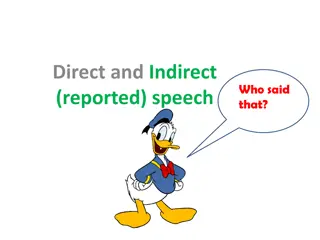
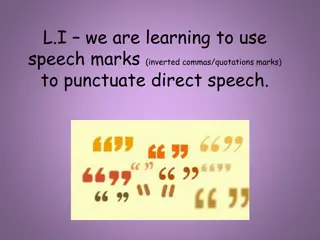
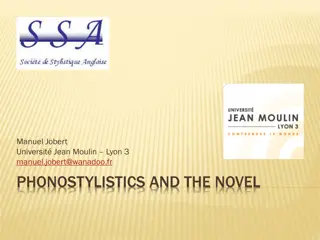


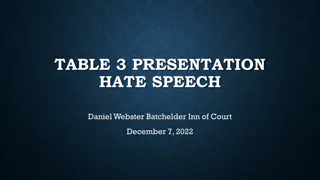
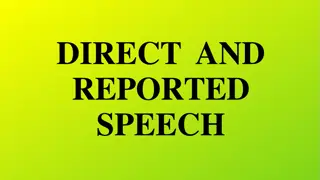

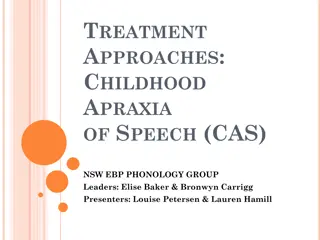

![Prevention and Combating of Hate Crimes and Hate Speech Bill [B.9B.2018]](/thumb/60513/prevention-and-combating-of-hate-crimes-and-hate-speech-bill-b-9b-2018.jpg)
